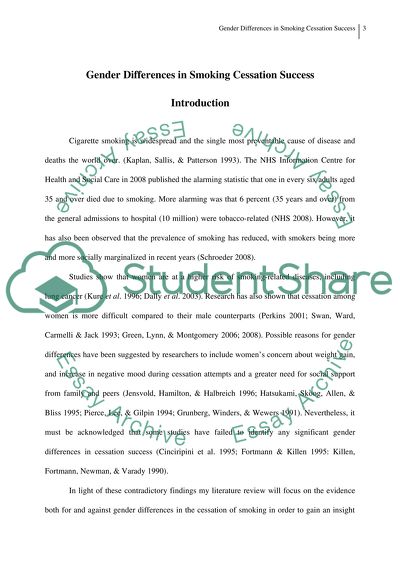Cite this document
(“Gender Differences in Smoking Cessation Success Essay”, n.d.)
Gender Differences in Smoking Cessation Success Essay. Retrieved from https://studentshare.org/miscellaneous/1550625-gender-differences-in-smoking-cessation-success
Gender Differences in Smoking Cessation Success Essay. Retrieved from https://studentshare.org/miscellaneous/1550625-gender-differences-in-smoking-cessation-success
(Gender Differences in Smoking Cessation Success Essay)
Gender Differences in Smoking Cessation Success Essay. https://studentshare.org/miscellaneous/1550625-gender-differences-in-smoking-cessation-success.
Gender Differences in Smoking Cessation Success Essay. https://studentshare.org/miscellaneous/1550625-gender-differences-in-smoking-cessation-success.
“Gender Differences in Smoking Cessation Success Essay”, n.d. https://studentshare.org/miscellaneous/1550625-gender-differences-in-smoking-cessation-success.


